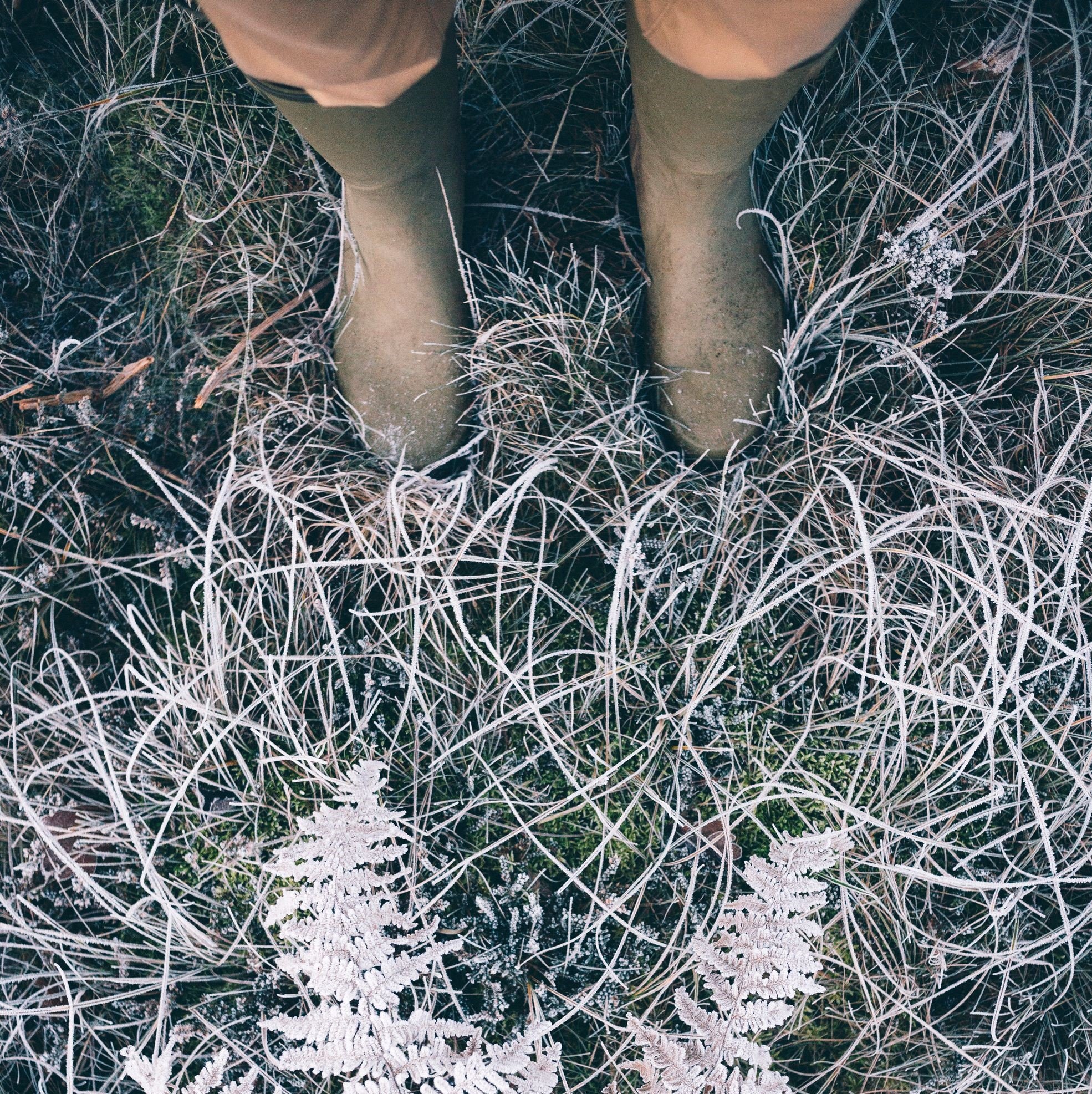If it’s been a while and you don’t want to embarrass yourself on the rink, read our quick ice skating primer and you’ll be Jayne Torvill dancing to Bolero in no time (in your head at least).
Assuming you haven’t hit an ice rink since you were in short trousers, but have an invitation to one this winter, fear not. It’s not *quite* like riding a bike but it’s definitely something you can be passable at within an hour or so.
Getting started
When you first get on the ice, it goes without saying that you should stick to the barriers to begin with. They’re there for you to hold onto, particularly while you find your ice legs again. Now is not the time for a Triple Salchow. Remember: enthusiasm bears no relation to skill.
Standing on your own two feet
Once you feel a bit steadier, you can let go of the barrier but perhaps stay within grabbing distance for now. Go around the outside of the rink, first taking marching steps with each foot and then beginning to glide on just one foot with each step, as if you were riding a scooter. Then try it on the other foot. Once you’ve got the hang of the step, glide, step, glide business, try doing a little glide with each foot on each step you take.
A word on posture
As you skate, you should keep your knees just loosely bent and your arms close to your body. This will keep your centre of gravity steady. And you don’t want wibbly wobbly passers mistaking your flailing arm for an offer of support and grabbing it as they hit the ice, either.
Getting up speed
Now you’ve mastered gliding you can try ‘stroking’, which is basically a long glide. With each step forward and glide you take on one foot, lift the other behind you and as you step onto the foot in the air and glide on it, you lift the first foot behind you. You’re properly skating now.
How to fall well
Learn to fall with grace, rather than from grace, by getting out in front of the problem and practising falling and getting up. First, make sure you aren’t going to fall in front of another skater. Bend your knees quite low into a crouch, lean forward and then tip gently onto your side onto the ice. Roll immediately onto your bottom and put your hands in your lap; this is essential if you want to avoid any nasty skate-blade-fingers interfaces. Once you’ve checked around you that no other skaters are nearby, turn onto all fours, place both hands on the ice in front of you and put one foot between your hands. Once you’re steady move the other foot between your hands, too, and push yourself up to a standing position. Practising falling and getting up is really important, both for safety and to avoid looking like an upturned turtle in mittens, crying and getting sweaty and wishing you’d said you’d look after the bags and coats by the mulled wine stall instead. Trust us. We speak from experience.
How to stop
Last but very much not least, you’ll need to know how to come to a halt. It works the same way as stopping on skis: turn your toes inward so that the sides of the blades make a bit of a snow plough effect on the ice, which will slow you down. (Alternatively, you can do what most people do and career helplessly towards the barriers shouting “MOVE IT OR LOSE IT” and let physics do its work as you hit the wall.)
The picture above is from our feature Let It Snow, in our December issue, which you can still buy a back issue of from our online store. If you’re a fan of celebrating the micro seasons, including snow falling and everything icing over, look out for our January issue feature, The 72 Seasons, which explains a few of the ‘micro’ seasons to enjoy during winter, and at other times of year, too! The January issue is in shops now.
Buy this month's The Simple Things - buy, download or subscribe





